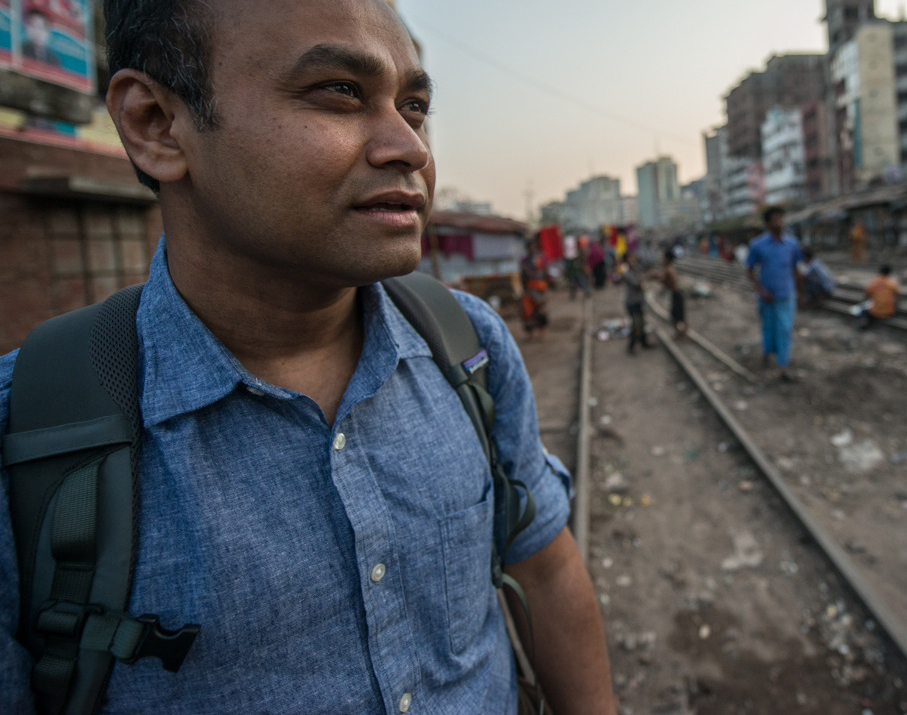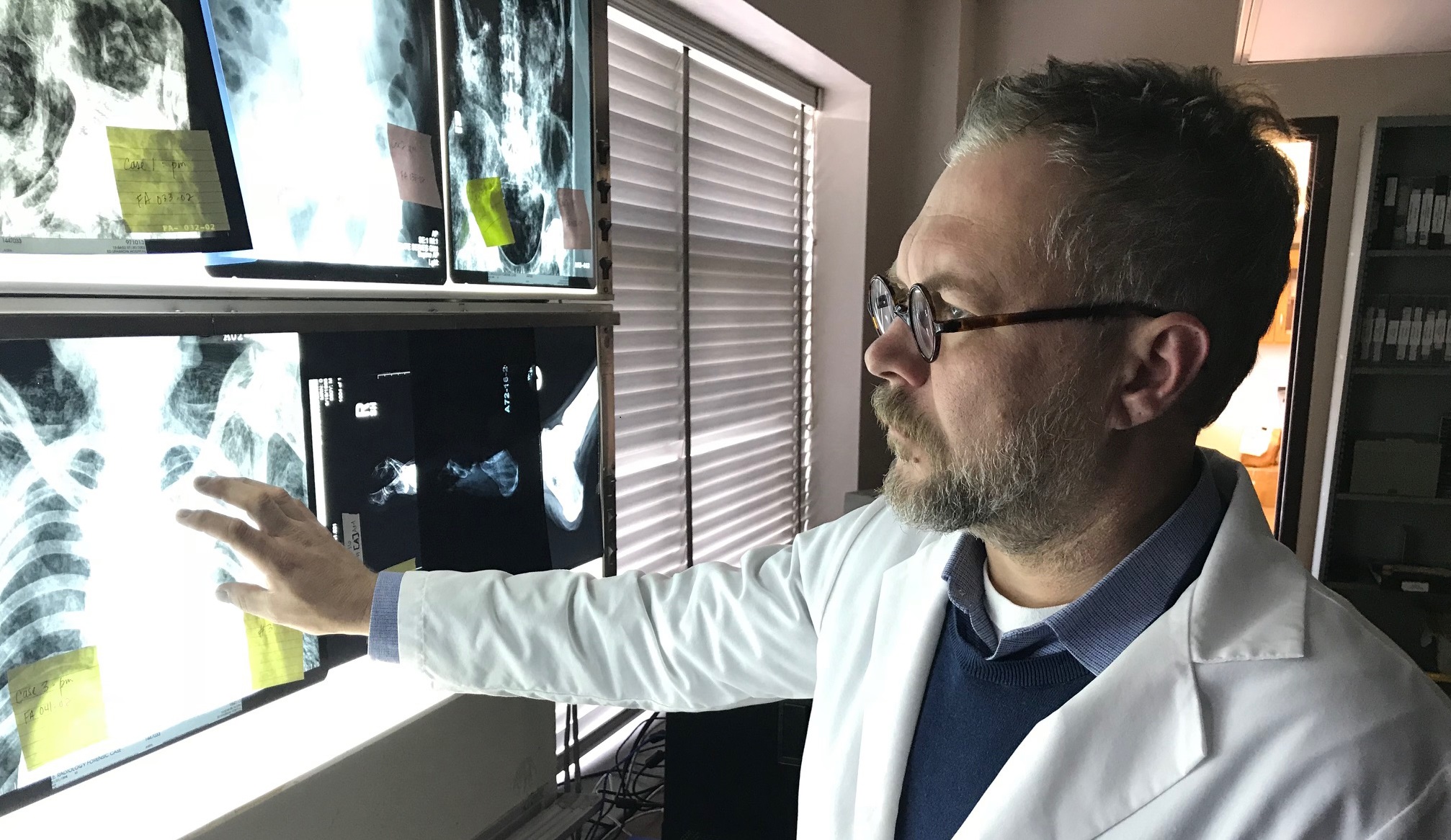-
Dr. Mara Leichtman Awarded Fellowship of the Luce/ACLS Program in Religion, Journalism & International Affairs
The Department of Anthropology is pleased to announce that Dr. Mara Leichtman has been awarded a prestigious fellowship of the Luce/American Council of Learned Societies (ACLS) Program in Religion, Journalism & International Affairs. Dr. Leichtman is an Associate Professor of Anthropology affiliated with the Muslim Studies Program, African Studies Center, and Asian Studies Center. Her […]
-
Dr. Heather Howard Receives Whiting Public Engagement Fellowship
The Department of Anthropology is pleased to announce that Dr. Heather Howard has been awarded a distinguished 2020–2021 Whiting Public Engagement Fellowship. Dr. Howard (left) is an Associate Professor of Anthropology. Her work focuses on collaborative, community-based, and participatory approaches to research which promote the value of Indigenous knowledge frameworks to scholarship. The Whiting Public […]
-
Dr. Mara Leichtman co-edits special journal issue on Lebanese Shi’ism
Dr. Mara Leichtman is an Associate Professor of Anthropology affiliated with the Muslim Studies Program, African Studies Center and Asian Studies Center. Dr. Leichtman specializes in sociocultural anthropology and the study of religion, migration, transnationalism, humanitarianism, and economic development. She is currently co-facilitating an interdisciplinary Trans-Regional Studies Scholarly Writing Group at MSU for faculty and […]
-
New Department Chair, Dr. Todd Fenton
The Department of Anthropology is pleased to announce Dr. Todd Fenton (Professor of Anthropology) as our new Department Chair. On behalf of the department, we would like to thank previous Chairperson Dr. Jodie O’Gorman for her years of invaluable service. Dr. Fenton looks forward to continuing this legacy and building on this strong department. Dr. […]
-

Dr. Lynne Goldstein Receives Society for American Archaeology Lifetime Achievement Award
The Department of Anthropology is extremely happy to announce that Dr. Lynne Goldstein (Professor Emerita of Anthropology and Founding Director of the Campus Archaeology Program) has received the Society for American Archaeology Lifetime Achievement Award. The prestigious award is in recognition of her pivotal theoretical and empirical contributions to the field, in the areas of […]
-

Monir Moniruzzaman Selected for WHO Task Force
The Department of Anthropology is pleased to announce that Monir Moniruzzaman, Assistant Professor in the Department of Anthropology, has been selected by the World Health Organization to serve on the Task Force on Donation and Transplantation of Human Organs and Tissues. As a member of the Task Force, Moniruzzaman will advise and assist the Word […]
-

Dr. Joseph Hefner Awarded Major New National Institute of Justice Grant
The Department of Anthropology is very please to announce that Dr. Joseph T. Hefner, an assistant professor in the Department of Anthropology, and Dr. Nicholas Herrmann, an associate professor in the Department of Anthropology at Texas State University, have received a National Institute of Justice award to improve the accuracy of age estimates for unidentified remains […]